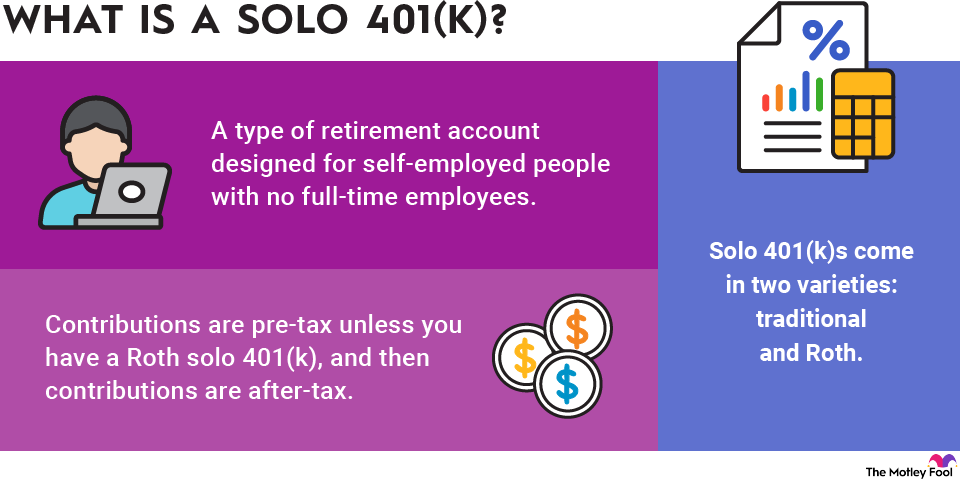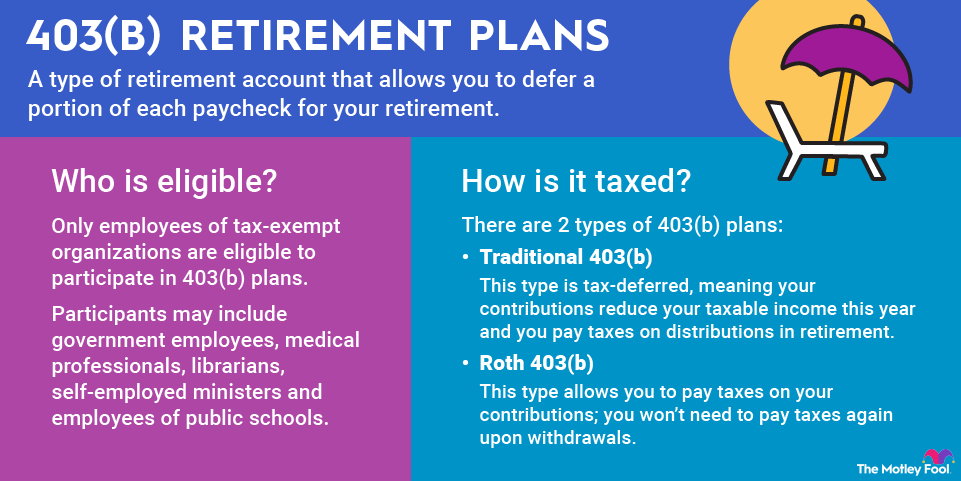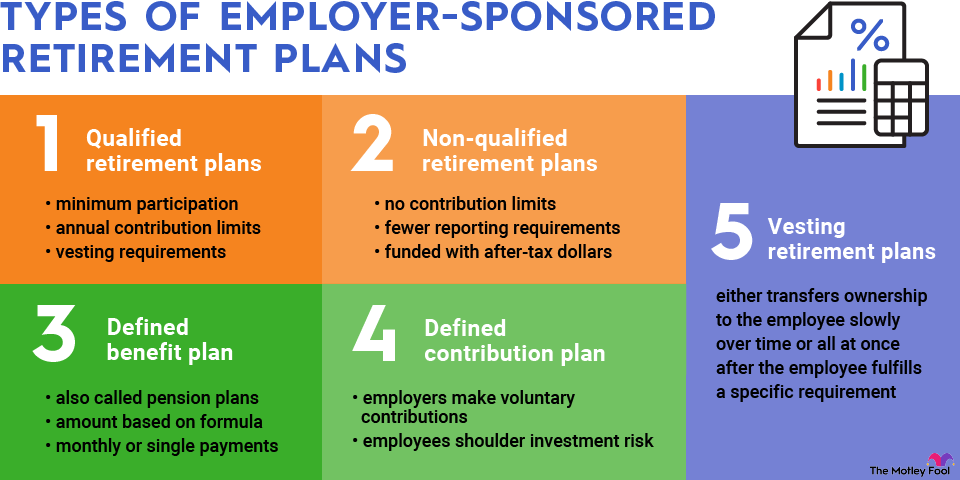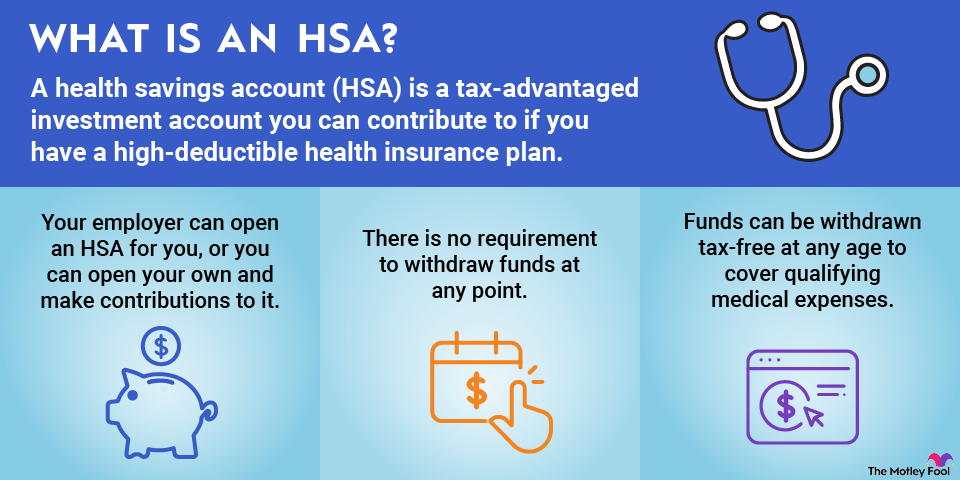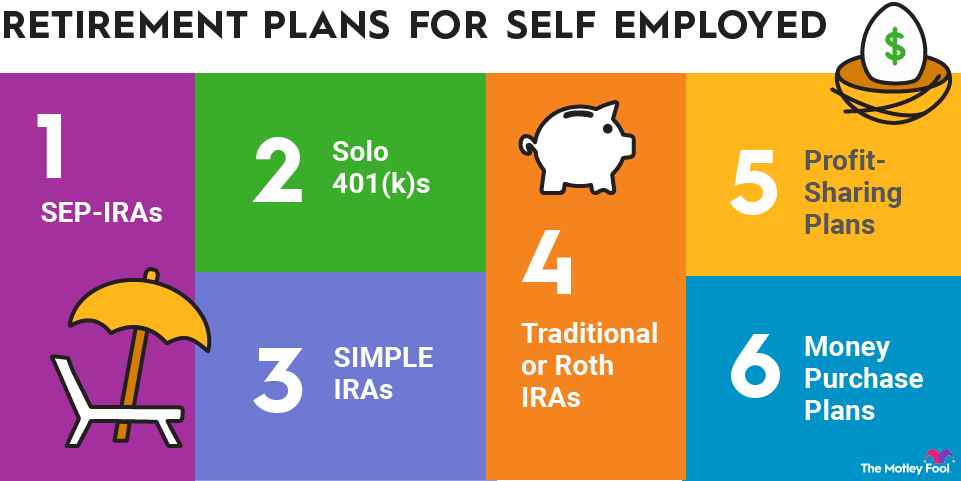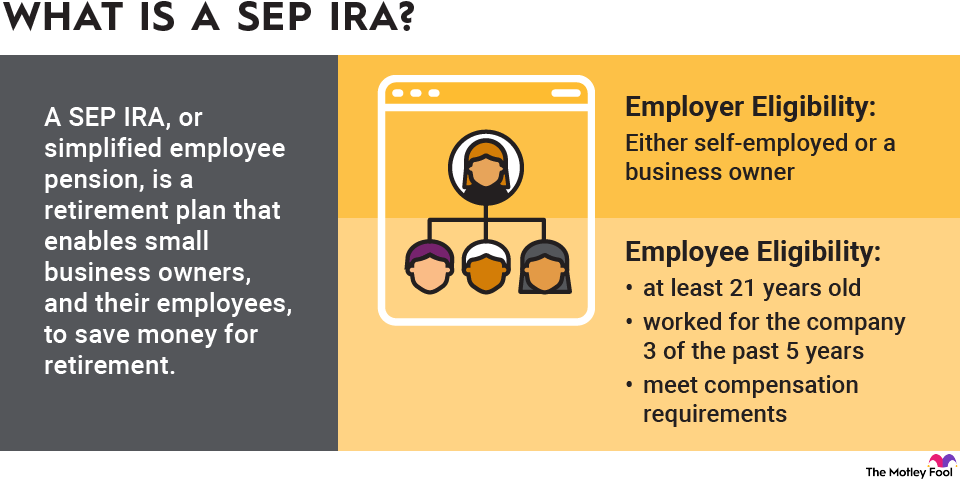There are several types of retirement savings accounts you can contribute to outside of a workplace retirement plan. The most common are a traditional IRA and a Roth IRA.
Most people can deduct their contributions to a traditional IRA, but distributions from the account are taxable. By contrast, a Roth IRA is funded with post-tax money, but you can take tax-free withdrawals in retirement.
However, if your income exceeds certain thresholds and you or your spouse has a workplace retirement account, you may not be eligible to deduct traditional IRA contributions. If your earnings exceed a certain level, you also won't be eligible to directly fund a Roth IRA due to Roth IRA income limits.
However, you can still lock in some of the tax benefits of an IRA by contributing to a non-deductible IRA. Doing so allows your money to grow tax-free, so you won't owe capital gains taxes or taxes on dividends as long as your money remains in the account.

What is a nondeductible IRA?
A nondeductible IRA is a traditional IRA that doesn't offer a tax deduction for your contributions. However, the after-tax dollars you contribute can grow tax-free until you withdraw your funds in retirement.
Unlike Roth IRAs, traditional IRAs don't have income limits for contributing. However, traditional IRAs have income limits for deducting contributions. Income limits vary based on whether you or your spouse has an employer-sponsored retirement plan, like a 401(k).
For example, if you're married filing jointly, you're not eligible to deduct traditional IRA contributions if your spouse has a workplace plan and your combined income exceeds $252,000 in 2026. Having earnings above this threshold would also make you ineligible to directly fund a Roth IRA.
However, you can still fund a nondeductible IRA regardless of your income. Doing so would allow you to grow your money without owing capital gains taxes. You could also convert your invested funds to a Roth IRA using a backdoor Roth IRA strategy.
What you should know about nondeductible IRAs
Contribution limits
Nondeductible IRAs are subject to the same annual contribution limit as other IRAs. However, your contributions to a nondeductible IRA are made with after-tax dollars, while your contributions to a traditional IRA or 401(k) can be deducted in the year they’re made.
Withdrawing contributions
You can withdraw money contributed to a nondeductible IRA in retirement without paying taxes on it, though. Otherwise, you’d be taxed twice on those contributions. However, to let the IRS know that you’ve contributed with after-tax dollars, you must report your nondeductible IRA contributions each year using IRS Form 8606. This form is essential to ensure you aren’t taxed on the contributed money a second time when it’s withdrawn in retirement.
Withdrawing gains
Withdrawals on investment gains will be taxed at your ordinary income tax rate. Nondeductible IRAs do not provide the tax-free withdrawals of earnings that you get with a Roth IRA or Roth 401(k).
Generally, you should use a nondeductible IRA only if you don’t qualify for a deductible traditional IRA or Roth IRA because a nondeductible IRA offers fewer tax advantages.
To determine if you are limited to a nondeductible IRA, start by calculating your modified adjusted gross income (MAGI).
To determine your MAGI:
- Calculate your adjusted gross income (including wages, business income, investment income, and most other income sources).
- Subtract above-the-line tax deductions (such as the deductible portion of self-employment tax, contributions to IRAs and health savings accounts, and deductible student loan interest).
- Add back in deductions to tax-exempt accounts and tax-exempt interest income.
Then, check our guides to traditional IRAs and Roth IRAs to find out the income limits for the current year. If either you or your spouse is eligible for a workplace retirement plan and your MAGI is too high, you won’t be eligible to make deductible contributions to a traditional IRA. And regardless of participation in a workplace plan, income above a certain threshold makes you ineligible to contribute to a Roth IRA at all.
Converting a nondeductible IRA to a Roth IRA
One of the best reasons to contribute to a nondeductible IRA is to take advantage of the opportunity to make backdoor contributions to a Roth IRA.
Remember, you cannot put money into a Roth IRA if your income is too high, yet Roth IRAs are a valuable retirement savings tool because they enable you to grow your invested funds tax-free and make tax-free withdrawals on earnings as a retiree, provided you follow certain rules.
Nondeductible IRA contributions provide a way around the Roth IRA income limits. You can contribute to a nondeductible IRA, then do a Roth IRA conversion.
A Roth conversion is a simple process if you’ve made only nondeductible contributions to your IRA. Since you’re converting only after-tax dollars, you will not owe any taxes on the conversion. However, if you have pre-tax traditional IRA assets as well, part of the converted funds must be included in your taxable income.
Related investment topics
Should you contribute to a nondeductible IRA?
If you aren’t eligible to deduct your traditional IRA contribution or contribute to a Roth IRA because of your (or your spouse’s) income, contributing to a nondeductible IRA provides a convenient way to save. You can let your money compound tax-free until you withdraw your earnings in retirement.
Just be aware that nondeductible IRAs don’t offer the tax benefits other types of accounts do. Make sure you file your IRS forms annually to declare your nondeductible contributions to avoid double taxation when you withdraw funds in retirement.


